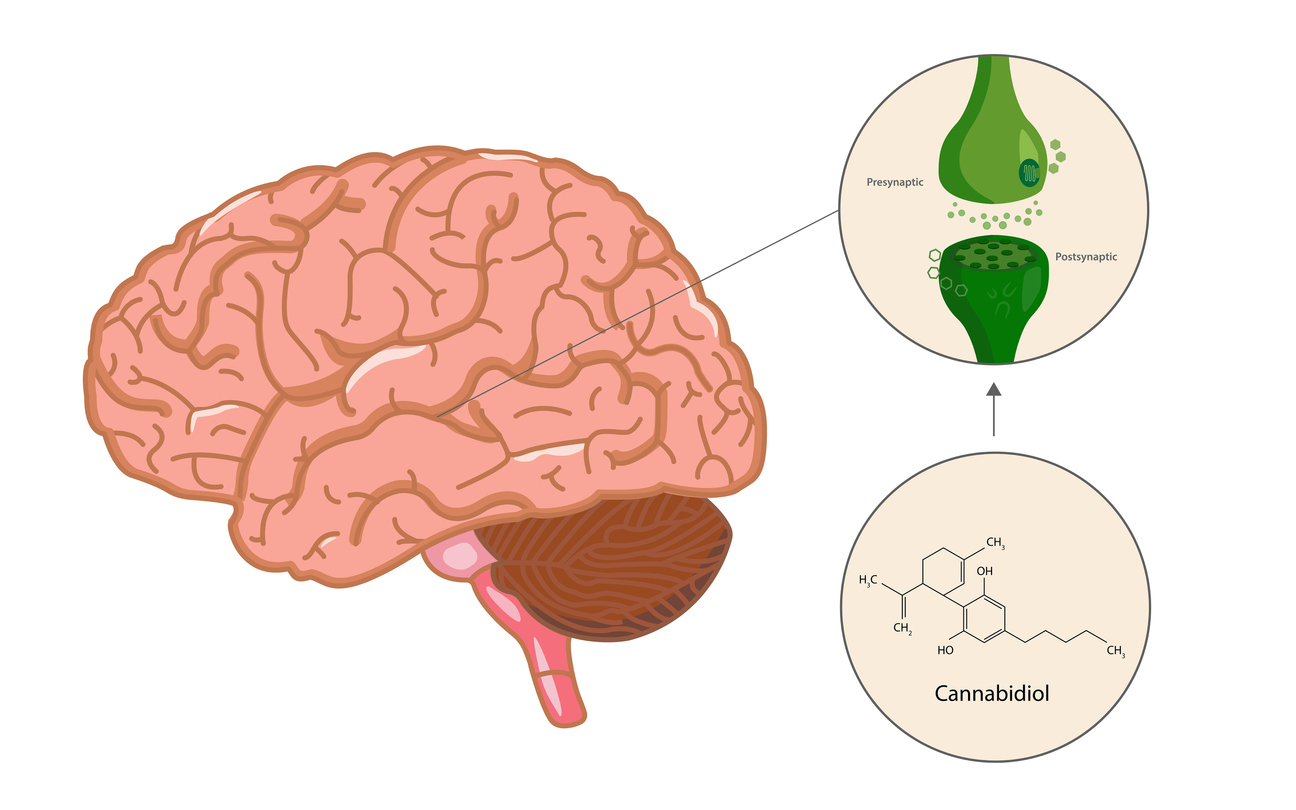You’ve heard the old saw: “Most people don’t need to take supplements if they’re following a healthy, balanced diet.”
That’s a big “if”, especially since surveys—even those commissioned by government health agencies—admit that a significant percentage of Americans are not consuming adequate amounts of certain key nutrients. Here are some of the most critical:
1) Iron: It’s one of those “Goldilocks” nutrients—too much, it becomes harmful, but deficiency causes a myriad of problems. See my article: “Iron—the Goldilocks mineral”
There are three stages of iron inadequacy: The most severe is when it causes anemia—a reduced number of red blood cells. Next is where iron saturation—as measured by the iron/TIBC test—is low, but without anemia. Finally, there’s suboptimal ferritin, which can cause subtle symptoms like depression, PMS, fatigue, difficulty focusing, sleep disturbances, restless leg syndrome, headaches, and hair thinning.
Young women are at special risk for low iron because of blood loss during menstruation. But increasingly, girls are dieting stringently or embracing vegan diets bereft of iron, which is most bioavailable from eggs, dark meat poultry, meat, and fish like salmon and tuna.
A recent study found that 38% of females in the 12-20 age group had insufficient iron per low ferritin counts. How many are incorrectly placed on ADD meds when their inattention could have been alleviated by boosting their iron?
What’s more, because ferritin is the most sensitive measure of iron inadequacy but is infrequently tested for, it’s estimated that routine screening for anemia would have missed upwards of 80% of low iron cases.
But don’t take iron willy-nilly; it’s important to establish your current levels, because, in some cases, supplementation can cause harmful overload if you already have too much.
2) Vitamin E: 93% of Americans had inadequate dietary intakes of vitamin E, per a recent national nutrition survey (NHANES). This is a “stealth” problem because outright vitamin E deficiency is rare; it’s insufficiency that’s problematic. According to a scientific review, it’s difficult to assess the effects of low vitamin E levels because it causes subtle neurological problems. Inadequate vitamin E may also be a culprit in fatty liver disease, which is rampant in the U.S.
These days, I prefer supplementing with full-spectrum mixed tocotrienol/tocopherol formulas instead of just traditional alpha-tocopherol E alone.
3) Vitamin A: The number of individuals with inadequate intakes of vitamin A was also high (44%) according to the NHANES study. Vitamin A may be obtained from liver and cod liver oil—not faves in U.S. households. Carotenoids like beta carotene are precursors to vitamin A, but a diet poor in colorful fruits and vegetables shortchanges many Americans. Inadequate vitamin A may result in night blindness and dry eyes, and renders skin more susceptible to flakiness, acne, and poor wound healing. It’s also a key factor supporting immunity.
4) Vitamin C: The selfsame NHANES study found inadequate vitamin C intake in 31% of subjects. It was once thought that scurvy had disappeared since the discovery in the 18th century by Sir James Lind that British sailors (henceforth dubbed “limeys”) could be cured of bleeding gums, loose teeth, bruisable skin, muscle weakness, edema, and mental deterioration with a daily fruit ration.
But recent reports have revealed that, especially in elderly diabetics on poor diets, scurvy has re-emerged as a problem. And you don’t have to have a florid case of scurvy to experience subtle problems like periodontal disease and poor wound healing if your C levels are suboptimal.
Read this interesting case report about an unexpected diagnosis.
5) Vitamin K: Known as the “clotting vitamin”, deficiency of vitamin K can result in uncontrolled bleeding. This can sometimes may be due to overuse of antibiotics, which destroy beneficial bacteria in our intestines that synthesize vitamin K. But short of hemorrhaging, might there be certain insidious consequences of less overt functional vitamin K insufficiency?
The PREVEND study estimated the prevalence of functional vitamin K insufficiency to be 31% in the total study population. They noted a correlation between low K and all-cause and cardiovascular mortality. Vitamin K1 may have anti-cancer effects, and vitamin K2 helps regulate calcium, shunting it away from arteries and directing it towards bone.
6) Calcium: While calcium won’t reverse osteoporosis once you’ve already experienced substantial bone loss, inadequate intake during childhood and young adulthood may limit bone formation. Additionally, it’s been posited that calcium insufficiency may predispose to hypertension. In the NHANES study, about 1/3 of subjects one year and older had insufficient intake. Those with early-life lactose intolerance or cow’s milk allergy, competitive female athletes, and vegans are especially at risk of not meeting their calcium quotient.
7) Vitamin D: NHANES estimates that around 1/3 of children and adults don’t get adequate vitamin D. I suspect that’s a gross underestimate. In fact, a survey revealed that 18% of a US sample population had vitamin D levels less than 16 ng/dL (20 ng/dL or less is outright deficiency). Alarmingly, a majority of non-Hispanic African Americans had levels less than 16 ng/dL.
For vitamin D insufficiency, defined as 30 ng/dL or less, the overall prevalence was a shocking 41%. Persons of color, economically-disadvantaged individuals, homebound seniors, and the overweight are especially prone to low vitamin D.
8) Potassium: Fruits, vegetables and nuts are rich sources of potassium; most people aren’t consuming enough. The problem is compounded when the ratio between sodium and potassium is too high, as is common with ultra-processed diets. This imbalance may predispose to hypertension and stroke.
9) Sulfur: Not high on a lot of people’s lists of essential nutrients, sulfur is important for detoxification and skin, hair and joint health, as well as being a component of DNA. A new study suggests that, especially for older men, dietary sulfur requirements may be higher than recognized. Plant-based diets, often reliant on legumes as a protein source, may offer skimpy amounts of the essential sulfur amino acid methionine.
Keep an eye out for next week’s newsletter, where I’ll be sharing the final nine nutritional deficiencies you need to be aware of!







